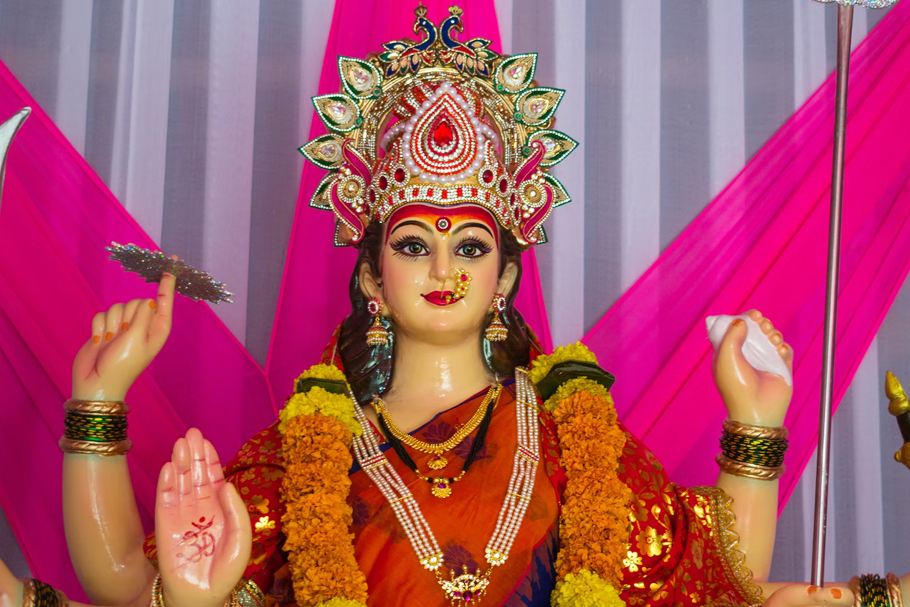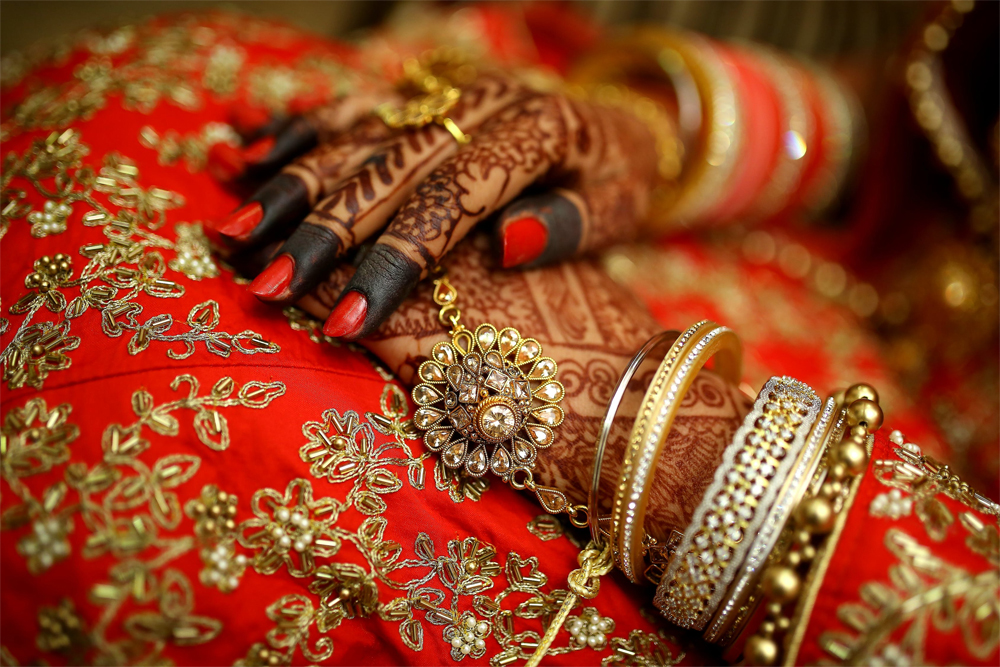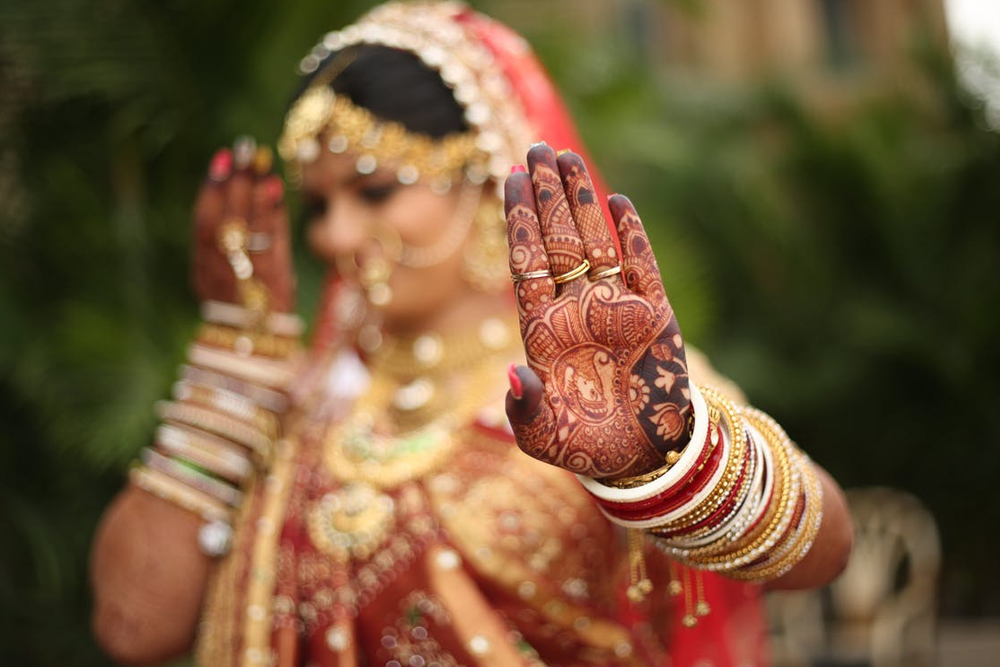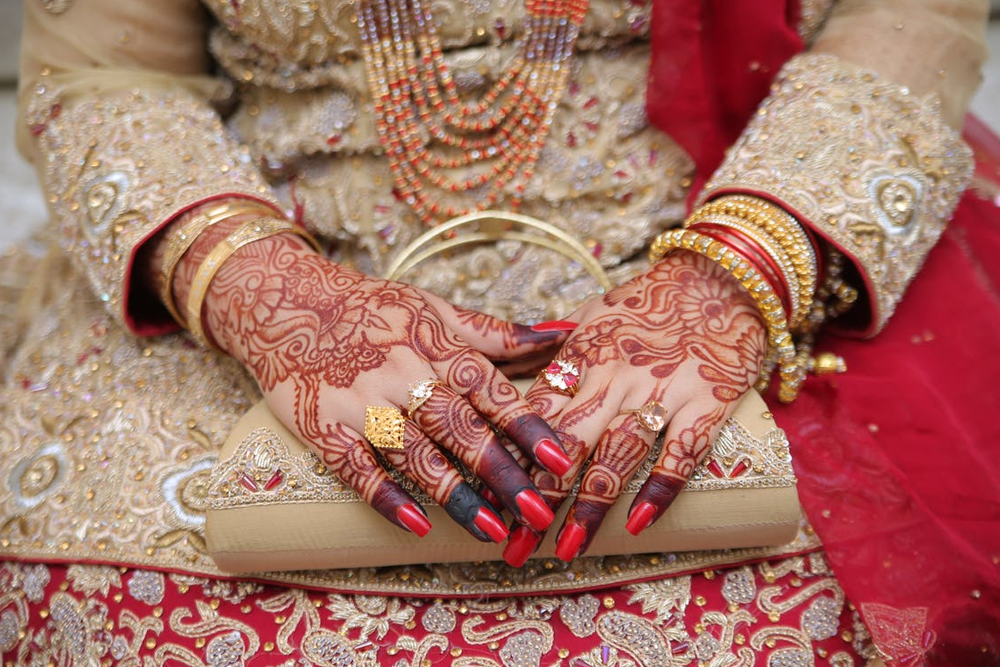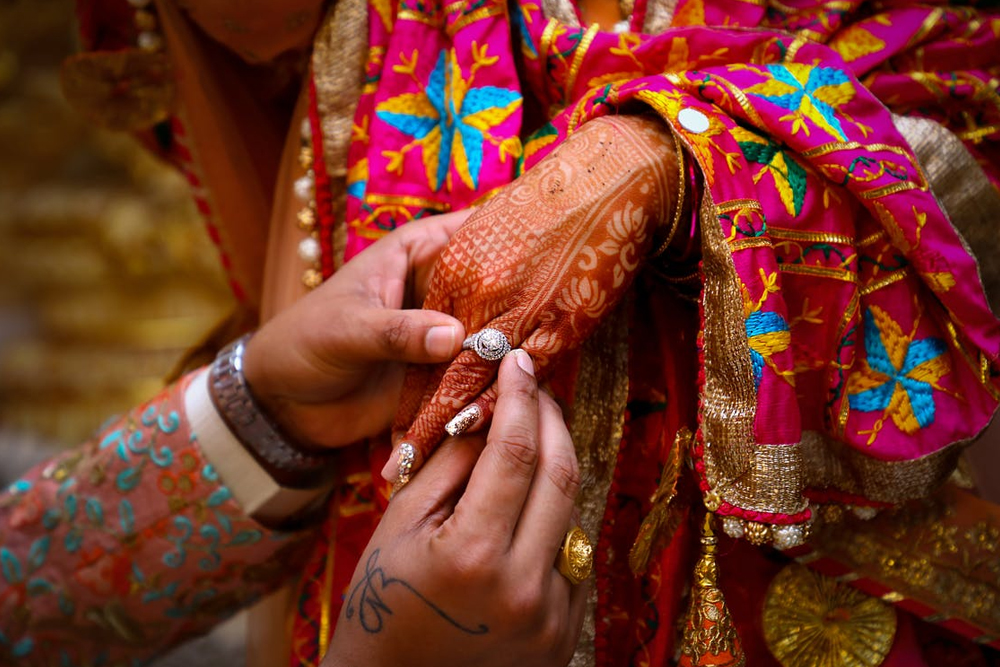When is Navratri 2022? Why is Navratri celebrated? Story, history, importance and significance
Here are the nine days of Navratri with their respective dates:
- First Day (26th September) – Pratipada
- Second Day (27th September) – Dwitiya
- Third-Day (28th September) – Tritiya
- Fourth Day (29th September) – Chaturthi
- Fifth Day (30th September) – Panchami
- Sixth Day (01st October) – Shashti
- Seventh Day (02nd October) – Saptami
- Eighth Day (03rd October) – Ashtami
- Ninth Day (04th October) – Navami
Significance of Navratri
‘Navratri’ means ‘nine nights.’ ‘Nava’ means ‘nine,’ and ‘Ratri’ means ‘night.’
Night provides rest and rejuvenation. During the night, you turn inwards through sleep, and you wake up feeling refreshed and rested in the morning. In the same way, Navratri or the ‘nine nights’ is that time of the year when you get the chance to experience deep rest. This deep rest brings freedom from all kinds of botherations, deep relaxation, and creativity.
Fasting, meditation, prayers, and other spiritual practices performed during this period help bring about this deep rest. Even refraining from over-indulging in sense objects during this time aid the process of attaining deep rest.
Our spirit: The source of deep rest
Our spirit has existed since time immemorial. It is the boundless and the eternal source of energy of this universe. During Navratri, even the subtle energies in the environment enhance and assist one’s experience of reaching the spirit.
The prayer, chanting, and meditation performed during Navratri connect us with our spirit. Getting in touch with the spirit invokes positive qualities within us and destroys laziness, pride, obsession, cravings, and aversions. When stress in the form of negative emotions is destroyed, we experience the deep rest of the transforming nine nights.
Devi Puja: Honoring the Omnipresent Energy
Devi represents the omnipresent cosmic Energy. The whole Creation is permeated by this Energy. The prosperity that we enjoy in our daily lives is a manifestation of Devi. Mother Divine serves us in so many forms. The forms of our mother, father, friends, husband, wife, son, daughter and also the Guru. The revolving planets and the moon is Devi performing aarti to us. Through puja we say, “Oh Mother, whatever you give to me I give back to you. For example, during the Puja, we offer food grains to Devi as Nature provides us with food. Devi Puja is an expression of expanded consciousness showing reverence to the whole Creation. The puja that we perform during the 9 days of Navratri is a way of honouring the Devi and showing our gratitude to the Mother Divine. While attending the puja we give up all our worldly activities for a while and enter into deep meditation.
Gurudev Sri Sri Ravi Shankar says, “There is Devi energy (Shakti) within all of us. Devi is not somewhere else, not in some other world. If we sit deep in meditation, the glow within the body will brighten, and will expand and spread outside. This is Devi Puja.”
Navadurga and significance of each day of Navratri
Devi is worshipped in 9 forms known as Navadurga. The significance of each day of Navratri is attached to a form of the Mother Divine.
First Day – Shailaputri
On the first day, Devi Shailaputri is worshipped. In this form, Devi Parvati is revered as the daughter of Himalaya Raja. Shaila means extraordinary or rising to great heights. The divine consciousness represented by Devi always surges from the peak. On this first day of Navratri, we propitiate Devi Shailaputri so that we may also attain the highest state of consciousness.
Second Day – Brahmacharini
On the second day, Devi Brahmacharini is propitiated. Devi Brahmacharini is the form of Devi Parvati in which she undertook severe penance to have Lord Shiva as Her consort. Brahma means divine consciousness and achar refers to behavior. Brahmacharya is the behavior or an act that is established in divine consciousness. This day is especially sacred to meditate and explore our inner divinity.
Third Day – Chandraghanta
On the third day, Devi Chandraghata is the presiding Devi. Chandraghata is the special form that Devi Parvati assumed at the time of Her marriage with Lord Shiva. Chandra refers to the moon. The moon represents our mind. The mind is restless and keeps moving from one thought to another. Ghanta is a bell which produces only one kind of sound always. The significance is that when our mind is established at one point, i.e Divine, then our prana (subtle life force energy) gets consolidated leading to harmony and peace. This day thus signifies withdrawing from all vagaries of the mind, with a single focus on Mother Divine.
Fourth Day – Kushmanda
On the fourth day, Mother Divine is worshipped as Devi Kushmanda. Kushmanda means a pumpkin. Ku means little, ushma means energy and anda refers to egg. This entire universe which arose from the cosmic egg (hiranyagarbha) is manifested from an infinitesimal energy of Devi. A pumpkin also represents prana as it has the unique property of absorbing and radiating prana. It is one of the most pranic vegetables. On this day, we worship Devi Kushmanda who showers us with Her divine energy.
Fifth Day – Skandamata
Skandamata means Mother of Skanda. On the fifth day, the motherly aspect of Devi Parvati is worshipped. In this form, she is the mother of Lord Karthikeya. She represents motherly affection (vatsalya). Worshiping this form of Devi brings abundance of wisdom, wealth, power, prosperity and liberation.
Sixth Day – Katyayani
On the sixth day, Devi manifests as Katyayani. It is a form that Mother Divine assumed to annihilate the demonic forces in the universe. She was born from the anger of the gods. She is the one who slayed Mahishasura. As per our scriptures, anger that supports dharma (righteousness) is acceptable. Devi Katyayani represents that divine principle and form of the Mother Divine who is behind natural calamities and disasters. She is the anger that arises in creation to restore balance. Devi Katyayani is invoked on the sixth day to put an end to all our inner foes that are an obstacle on the path of spiritual evolution.
Seventh Day – Kalaratri
On the seventh day, we invoke Devi Kalaratri. Mother Nature has two extremes. One is terrifying and devastating. The other is beautiful and serene. Devi Kalaratri is a fierce form of Devi. Kalaratri represents the dark night. Night is also considered an aspect of Mother Divine as it is night that brings solace, rest and comfort to our souls. It is only at night that we get a glimpse of infinity in the skies. Devi Kalaratri is that infinite dark energy that houses innumerable universes.
Eighth Day – Mahagauri
Devi Mahagauri is that which is beautiful, gives momentum and freedom in life. Mahagauri represents the beautiful and serene aspect of Nature. She is that energy which propels our lives and also liberates us. She is the Devi who is worshipped on the eighth day.
Ninth Day – Siddhidatri
On the ninth day, we worship Devi Siddhidatri. Siddhi means perfection. Devi Siddhidatri brings perfection in life. She makes the impossible, possible. She takes us beyond the ever reasoning logical mind to explore the realm beyond time and space.
The following are the recommended colors to follow for each day of Navratri. These colors are believed to enhance your positivity and harmony for the day:
- First Day (7th October) – Pratipada – Yellow
- Second Day (8th October) – Dwitiya – Green
- Third-Day (9th October) – Tritiya – Grey
- Fourth Day (9th October) – Chaturthi – Orange
- Fifth Day (10th October) – Panchami – White
- Sixth Day (11th October) – Shashti – Red
- Seventh Day (12th October) – Saptami – Royal Blue
- Eighth Day (13th October) – Ashtami – Pink
- Ninth Day (14th October) – Navami – Purple

